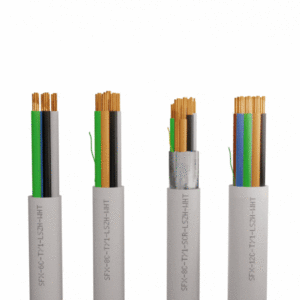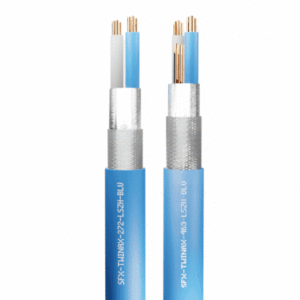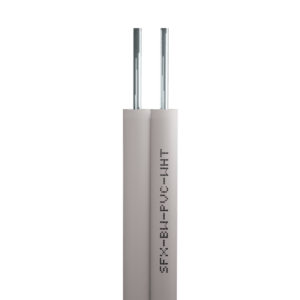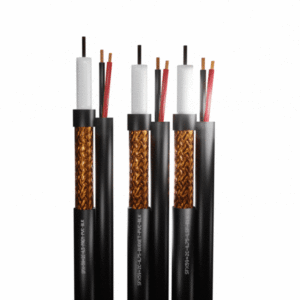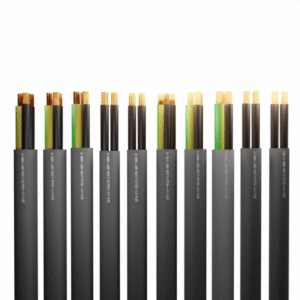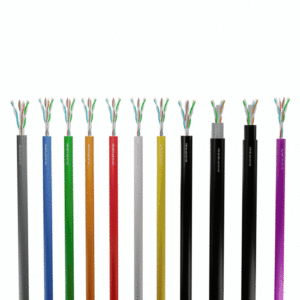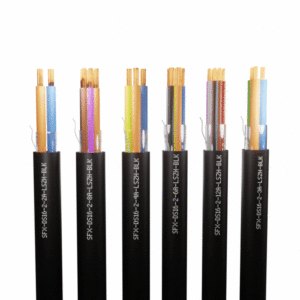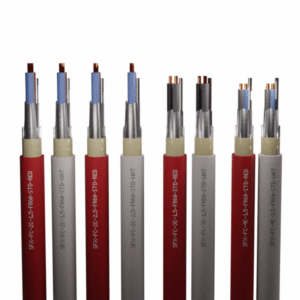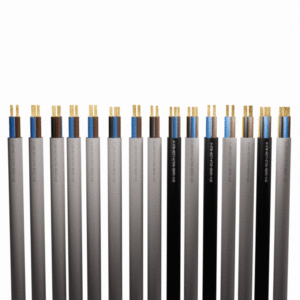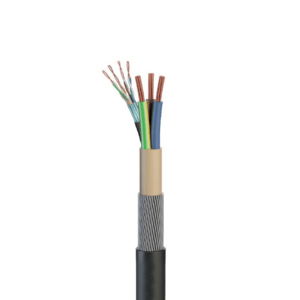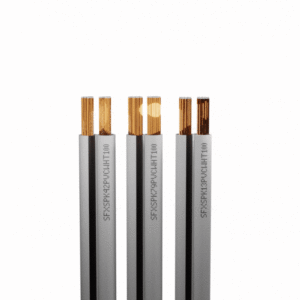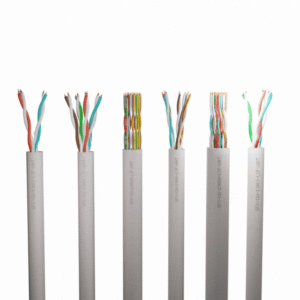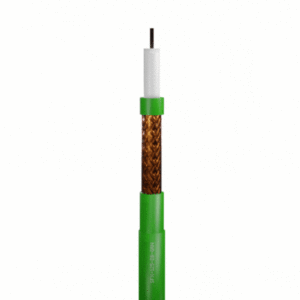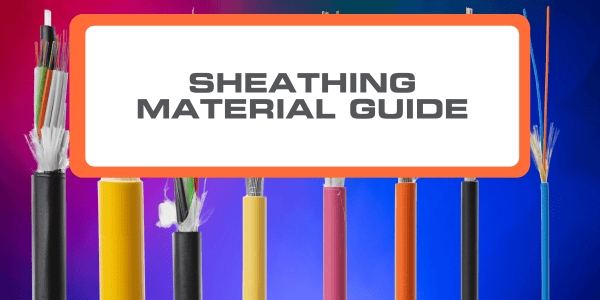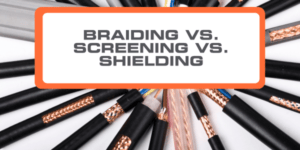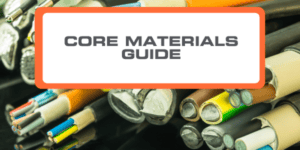With a wide range of cable sheathing options available, it’s hard to know which is best for your installation.
A range of factors from population density, temperature and flexibility can all impact your choice of cable.
Take a look at our guide and find out all the benefits and drawbacks of the most common sheath materials on the market!
PVC
PVC, or polyvinyl chloride, is one of the most common sheathing options for cables. It’s low-cost to manufacture, as well as offering durability, flexibility and resistance to oil and water.
PVC is suitable only for indoor use as it is vulnerable to UV light and can become brittle when exposed to bright sunlight. It gives off harmful halogen gases when burned, so is not suitable for densely populated buildings or in any situation where it may be exposed to fire.
PE
PE (polyethylene) is an excellent choice for outdoor cable installations, such as those involving direct burial. When UV stabilised, the material provides great resistance to moisture and extreme weather.
PE is tough and rigid in comparison to other sheathing counterparts, and it does not burn but melts and reforms when cool, making it a safer option too. PE sheathing is commonly used for data transmission cables.
Rubber
Rubber is one of the most popular material choices for sheathing. It is waterproof, flexible and chemically resistant.
Since rubber is more of a high-cost material, sometimes synthetic rubber compounds are used to mimic the effect without such a high price.
Rubber sheathing is used when an installation requires water resistance and flexibility in extreme temperatures.
LSF
LSF stands for ‘Low Smoke and Fume’. This material is a modified PVC material that produces less gas and smoke than traditional PVC when the polymer is burnt.
LSF sheathed cables do not meet the highest standard of fire safety (see LSZH cables) as they can still emit up to 22% Hydrogen Chloride gas, however they do meet further standards than standard PVC sheathing would (up to 28%).
LSZH
LSZH (Low Smoke Zero Halogen) cables are also known as ‘LS0H’ and ‘0HLS’ (Zero Halogen Low Smoke) are similar to PVC but behave differently in the event of exposure to fire.
The main feature of these cables is that they do not release large amounts of toxic fumes or smoke when burned. Their fire retardance is much higher, making them often used in commercial or densely populated buildings due to their better quality and safety elements – anything they release is not harmful to humans when burned. This also means they conform to higher fire regulations than many other cables.
Silicone
Silicone is a sheathing material that can operate from –50 to 180 degrees Celsius. It is resistant to heat, chemicals and even bacteria growth, making is a great choice for installations in food or medical environments.
Silicone boasts UV resistance and does not produce any harmful smoke or gases when burned.
This sheathing material is more expensive than most to produce and has limited options for recycling at its end of life, which doesn’t make it the best choice for everyday cabling. However, for specialist applications, its benefits cannot be beaten.
PUR
PUR stands for polyurethane, a material that offers great chemical and mechanical resistance.
PUR can be used in temperatures between –40 and 125 degrees Celsius. Some blends can be halogen free and flame retardant, but this depends entirely on the specific make up.
Much like silicone, the material is resistant to bacteria growth and can therefore be used in food or medical-grade installations.
PTFE
PTFE, or Teflon, is a material used in applications that involve extreme temperatures or corrosive environments.
Its benefits are that the material is non-toxic and environmentally friendly, as well as being flexible and non-flammable, making it a safe option for many installations.
PTFE boasts thermal, chemical and electrical resistance. It can operate between –75 degrees Celsius and up to 200 degrees Celsius. It is also unaffected by most fuels, oils and fluids.
FEP
FEP is a fluoropolymer incredibly similar to PTFE, with similar benefits such as the ability to operate in extreme temperatures and low chemical reactivity.
Neoprene
Neoprene is a form of synthetic rubber. The sheathing material provides oil and chemical resistance, as well as strength and flexibility at lower temperatures.
Nylon
Nylon is an incredibly abrasive and chemically resistant material for sheathing, though less flexible that its counterparts.
For more help or information regarding sheathing, get in touch with our team!

